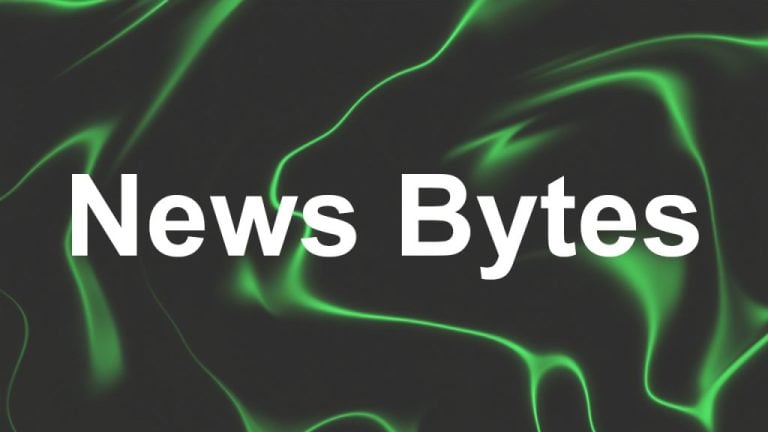Ethereum’s Shanghai upgrade made it easier to detect criminals
2 min read
With its historic Merge event in September, Ethereum has become a proof-of-stake blockchain. The mechanism now used to confirm transactions relies on validators staking their Ether (
To illustrate, there might be a pattern where an address or a group of addresses that points toward an entity that consistently takes on high risk while earning below the risk-free rate. A situation like that would almost certainly be investigated at a bank.
Case in point, such a transaction surveillance architecture can be used to detect the wash trading of NFTs. Here, multiple market participants collude to carry out numerous NFT trades with the goal of layering criminal assets or manipulating prices. Since earning profits is not the intention behind the vast bulk of these transactions, such activity will raise a red flag.
Similarly, in a situation where proceeds of terrorism are being layered via DeFi protocols, detection of irrational asset movements can provide substantial leads to investigators, even without knowledge of the actual crime.
Financial crime and DeFi
Traditional capital markets are often used to covertly move funds to circumvent sanctions and finance terrorist activity. Analogously, DeFi ecosystems present an attractive target for financial crime due to the ability to move vast sums of assets between jurisdictions using blockchain.
Further, there has been a significant shift in activity from centralized exchanges to decentralized exchanges due to recent fiascos like the collapse of FTX. This increase in DeFi volumes has made it easier for illegal flows to remain obscure.
Even more compelling is the introduction of better compliance controls by centralized crypto service providers – often mandated by regulators – which are likely driving criminals to seek out new channels for money laundering.
Consequently, illicit flows to DeFi could originate from an expanded set of crimes. This paradigm shift in crypto markets will require forensics teams to increase their capabilities of investigating complex fund flows across diverse protocols without prior knowledge of the source of criminal assets.
Accordingly, compliance efforts need to pivot around the discovery of layering typologies. In fact, with the rapid progress in blockchain interoperability, systematic surveillance to detect criminal transfers has become even more crucial.
Our ability to detect suspicious activity in crypto is less than ideal, partly due to crypto’s extreme price volatility. The volatility renders static risk thresholds ineffective and can enable money laundering to go undetected. In this sense, if and when Ethereum sets a benchmark rate, it will provide a means of establishing baseline rationality for fund flows and thus spotting outliers.
Debanjan Chatterjee has more than 17 years of experience analyzing trends in financial crime using data science, including more than 13 years at HSBC. He holds a master’s in economics from India’s Delhi School of Economics.
This article is for general information purposes and is not intended to be and should not be taken as legal or investment advice. The views, thoughts and opinions expressed here are the author’s alone and do not necessarily reflect or represent the views and opinions of Cointelegraph.







